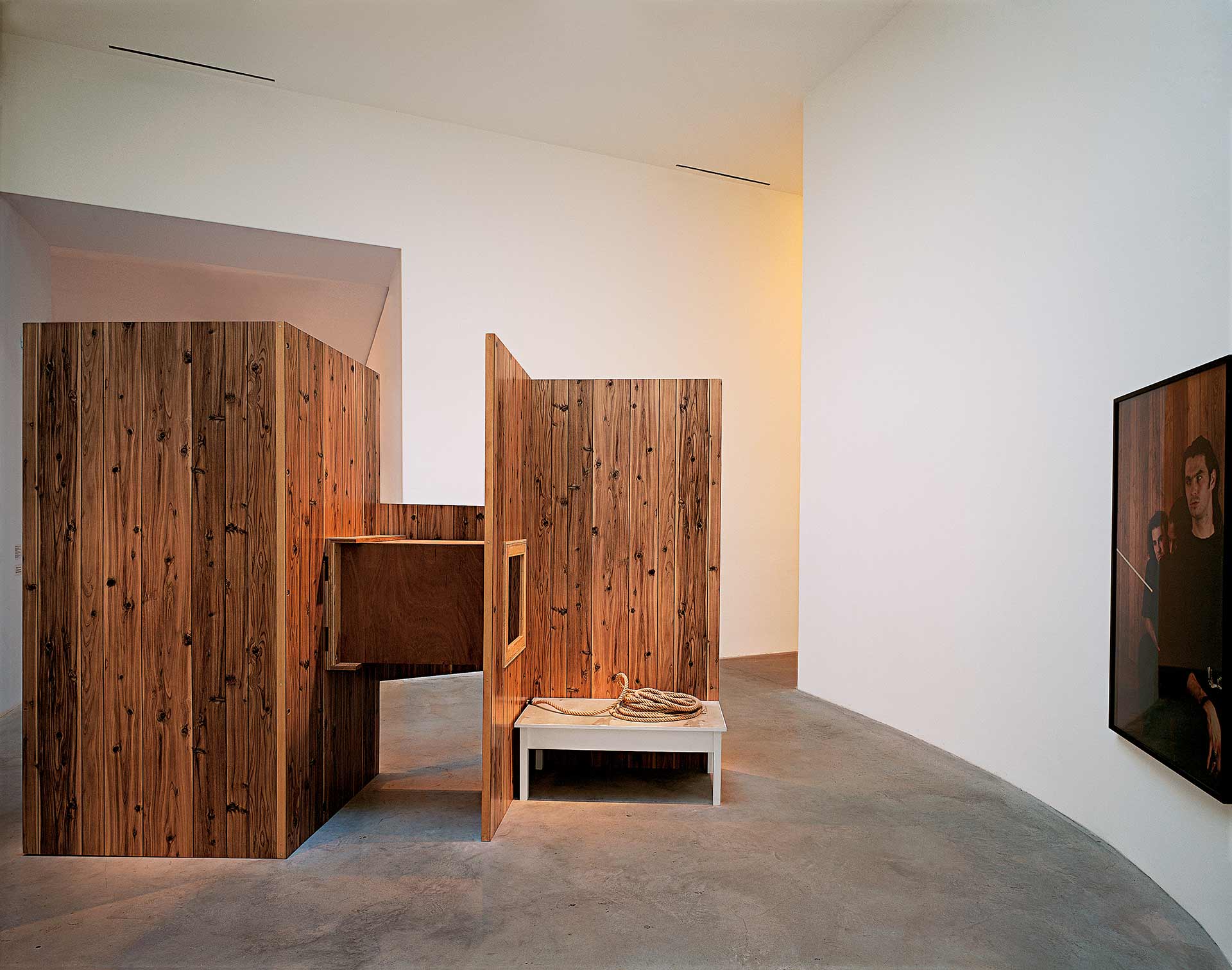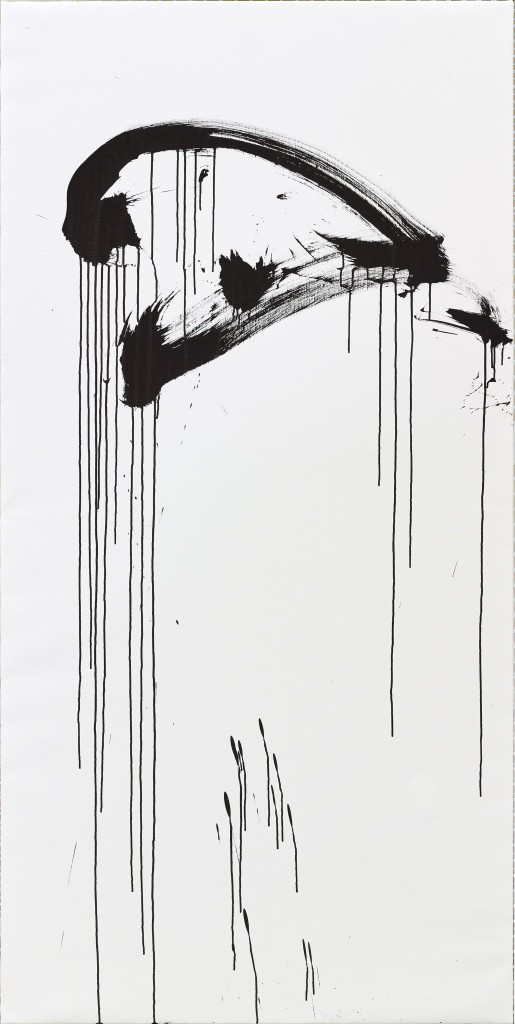Unfolding Narratives
October 19, 2022 – February 26, 2023
2rd floor
Narrative works often illustrate religious, legendary, historical, abstract, representative, or mythological events that yield different layers of meaning, resorting to individual experience as a means for transmitting shared stories, whether real or fictitious. Sometimes the narrative is articulated around themes and characters, sometimes it is based on everyday objects and materials that are redolent with cultural associations, and occasionally it has its origin in fictions that activate the viewer’s imagination in order to complete or question it.
This type of commitment and reinvention of narrative forms by contemporary artists arises from a resistance to grand narratives, a term coined in 1979 by the French philosopher Jean-François Lyotard, who explained how discourses, and with them experience and knowledge, were presented in a totalizing fashion as absolute truths. With his resilient and to some extent emancipatory critique, Lyotard suggested focusing on micronarratives, or petits récits, whose representations are based on the fragmentary nature of cultural multiplicity and personal perspective. Artists in our contemporary society adopt this new perspective, amplifying and transforming the visual and poetic potential of narrativity, and so weaving their own stories and expanding traditional narrative in a localized way.
This section brings together pieces by twenty artists produced in various media between 1957 and 2019. They offer an expansive vision of narrative paradigms and resound with myriad historic movements of the second half of the 20th century. On this premise, the rooms of Unfolding Narratives are presented as chapters in a story through a coherent selection of works that run through many timeframes, movements, and styles grouped thematically. Some galleries house single works, like the chapters Transcending the Spiritual and Belonging to a Memory, while others gather works by different artists, such as Masking Identities, Modes of Expression, Ambiguous States of Realities and States of Transformation.




